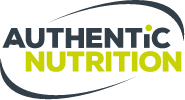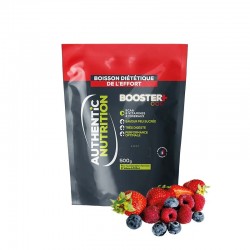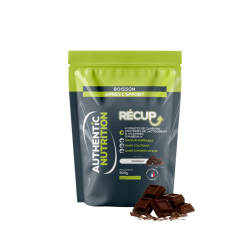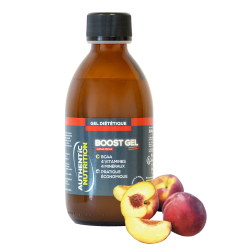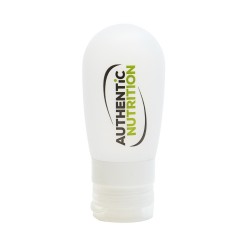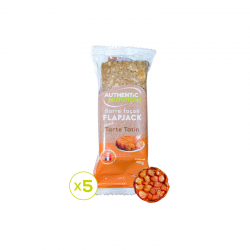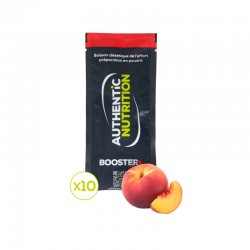How to manage an ultra trail?
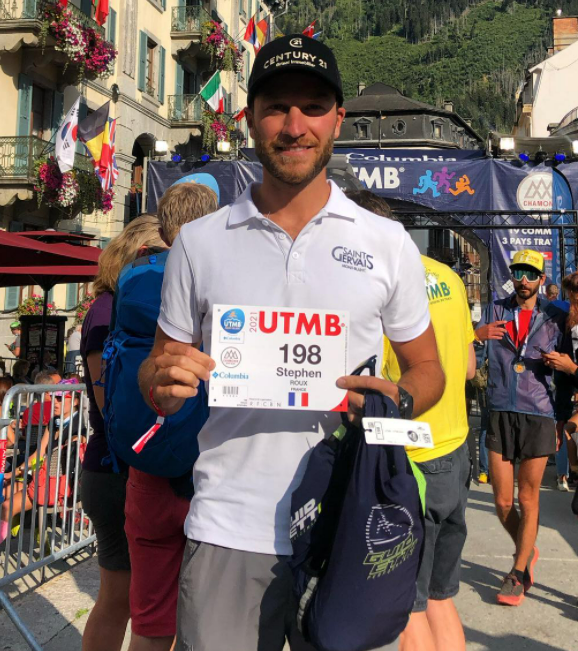
Arriving 35th for his first UTMB in 2021, Stephen Roux, ultra trail runner and Authentic Nutrition ambassador, shares his training routines, his nutrition management, and the type of equipment he uses for his races.
What is your trail training routine?
During the week, every day or every other day, I do short runs (around 10-15 km). On weekends, I do longer runs of around 3 to 4 hours.
A month before an ultra, I do a run of around ten hours to get a good workout in my legs.
To perform well in an ultra, you need to run at least 70 km per week (150 for the best), especially during specific periods.
We're talking about time, but we also need to talk about elevation. I try to alternate weeks with a lot of elevation and weeks with flat conditions. As soon as there is a difference in altitude, I use my Guidetti Platinium poles because running with poles also requires training!
In winter, I also do muscle strengthening indoors and ski mountaineering. I do more plain, flat terrain given the weather and the snow.
Cycling is also a good complement, especially for elite runners, but personally, I don't have the time to do it. It's also a good alternative when you're injured.
Overall, I do an average of 10 hours of sport per week, which isn't much compared to other ultra trail runners who are more around 15-30 hours.
How do you manage your nutrition during an ultra?
About two weeks before, I pay attention to my diet and I hydrate a lot during my training. I try to drink as much water as possible to eliminate well and I also drink a sports drink, the 'Authentic Booster +.
It's important to get used to your drinks before the races, in terms of taste and digestion.
During the ultra, I still have little experience, so I'm still looking for the best combinations.
For the UTMB, I set off with two 500 ml flasks with Authentic Booster + sports drink, and I restocked at the aid stations.
On the last climbs, I consumed energy gel, Authentic Gel Fluide.
I also ate solid foods, mainly savory compotes or purees: at the refreshment points, a little during the climbs and just at the top of the climbs before going back down. This has the advantage of requiring little digestive effort.
I also drink a little sugary drink at the aid stations because from 30 km, the pleasure, comfort and sugar intake are welcome!
For the ailing stations, I prepared a wide variety of foods in advance because I didn't know in advance what I was going to want: sausage, pasta, sweet potato, cheese... foods that are eaten quickly.
At the end of the race, I drink Authentic Récup, a recovery drink, especially if I have other goals behind it to recover faster and better.
Ultimately, I'm quite lucky because I can eat just about anything without getting sick, including very spicy soups in China!
Do you have support on your ultras?
Yes, for the UTMB, I was lucky enough to have someone following me. It's very important for morale and saves a lot of time and comfort! You don't have to look for your bag, take out your things, go to the refreshment station... and the little calf massages are appreciated!
On the UTMB, I was able to change my shoes and socks, which prevented blisters. I also had spare poles in case they broke.
But the person also needs to be able to tell you that it's time to go again, to be motivating and not let themselves be moved by a possible drop in form or morale.
What trail gear do you use?
When training, I use shorts with an integrated pocket for my flasks or a belt if I'm carrying poles.
I opt for the Guidetti Phoenix vest bag for longer runs. It's super comfortable, ultra light. I put my nutrition in the pockets of the shorts and the rest in the bag. On the UTMB, my bag weighed 2.5 kg including water bottles.
As we lose weight during races, you need to be able to tighten the bag easily during the race so that it's always adjusted and the flasks or other items don't move.
I almost always wear the Eclipse visor: it's great, thanks to its terry cloth material, it absorbs perspiration well and it keeps your glasses on top when you're not wearing them.
You need to have very practical equipment and accessories so you don't have to worry about anything when you're running.
I obviously run with trail poles. I opted for the Platinium Aéro Perf by Guidetti because they're very light. After 180 km, despite an ultra-light point, I was starting to feel my arms on the UTMB. So every gram counts! I customized the straps to fit only one finger and get a boost as soon as possible on flat ground.
I also chose to have a jacket that can be put over the bag. This allows me to put it on as soon as I get a little shiver, thus protecting myself from getting a cold, stomach ache, but also saving time. I remember overtaking about twenty trail runners when crossing a pass in the UTMB because I had anticipated the wind and had put this jacket on the climb!
As a race organizer (the Montagn'hard, the Diagonale du Mont Joly), I also see the mistakes runners make or the difficulties they may encounter in terms of equipment, preparation, etc. This allows me to adjust my choices and give me ideas.
Trail running is a whole. You have to be able to get the best out of all aspects.
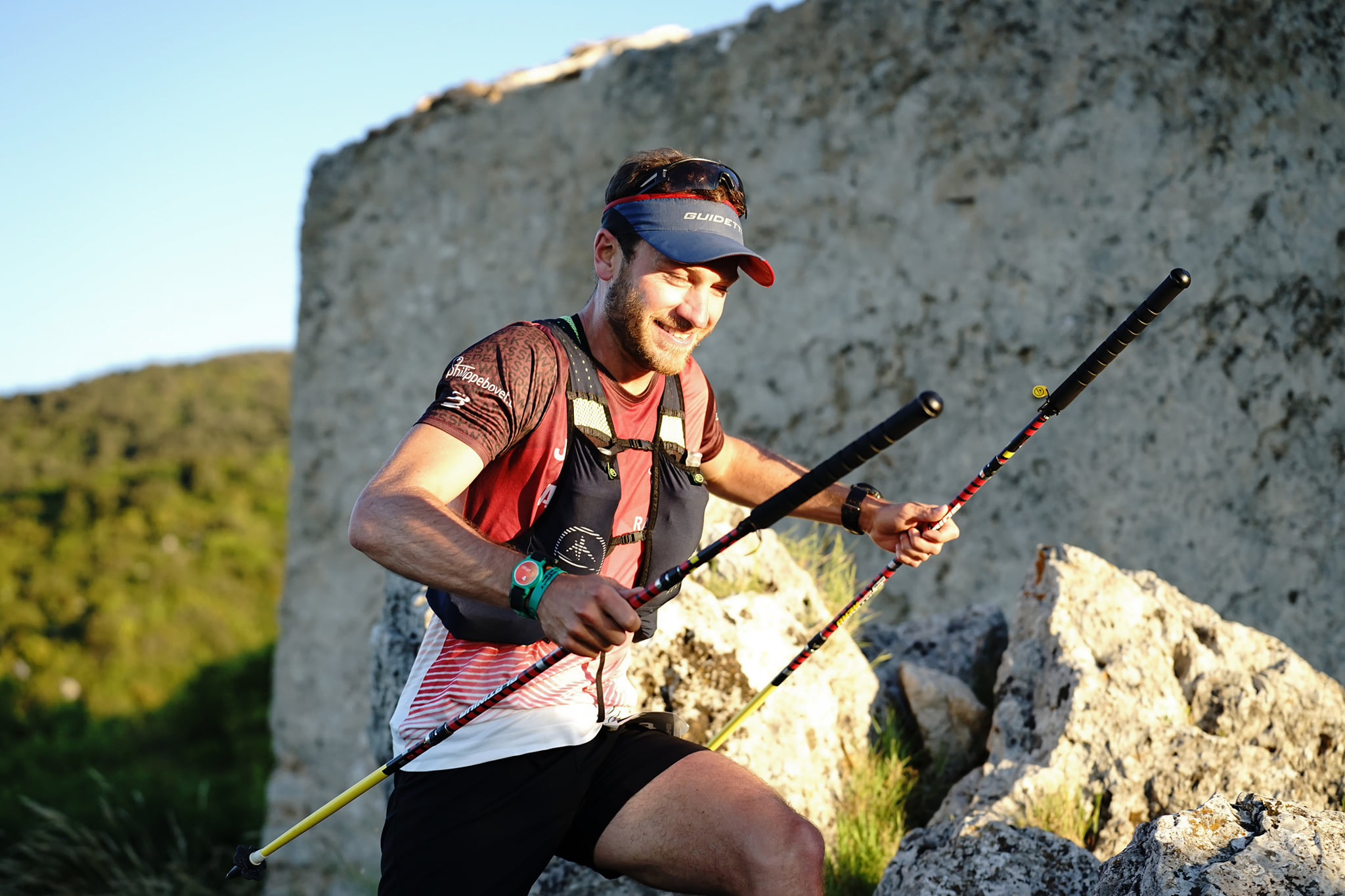
Related posts
-
Everything you need to know about energy gels!
Published : 05/10/2022 -
How to manage your race from a nutrition and hydration point of view?
Published : 04/19/2022 -
Why consume carbohydrates during exercise?
Published : 07/27/2021
